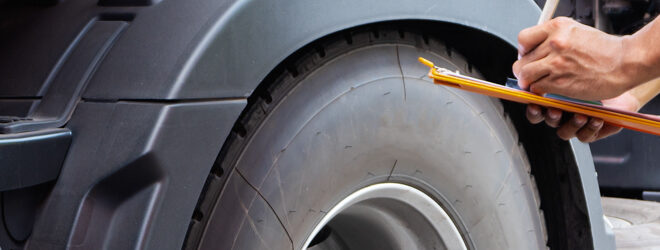Winter driving can be challenging, even for the most experienced drivers. Cold temperatures, icy roads, and unpredictable weather conditions increase the risk of accidents. Therefore, it is important to always prepare in advance, be alert on the road, and ensure all vehicle equipment is in optimal working condition before any trip. Knowledge of winter defensive driving techniques and the ability to adapt to the ever-changing conditions can significantly reduce risks and keep drivers safe on the road.
Here are eight key tips to keep in mind:
1. Know the weather and the route
There is so much information available to drivers regarding daily winter weather. Plan ahead, as conditions can change at any point during the journey. Monitor road conditions through local transportation authorities and traffic reports. Be aware that sudden weather changes—such as snow squalls. black ice, or freezing rain—can occur at any time during a journey.
2. Be careful when driving on mountain terrains
Winter driving in mountainous regions adds an extra layer of complexity due to sharp turns, steep grades, and sudden elevation changes. Choose a speed that you are comfortable with and avoid sudden braking. Remember that a steep downhill slope combined with slippery icy roads is one of the most dangerous driving conditions. If travelling through hilly areas, ensure your vehicle has winter tires or chains, and use engine braking to maintain control.
3. Learn winter driving skills
Winter driving requires additional skills, such as skid control and being smooth and gentle when turning, stopping, and accelerating. Learn how to recognize icy conditions:
- The absence of tire spray on wet roads often indicates black ice.
- Shadowed areas under bridges or beside forests are possible indications of icy roads, and more present driving hazards.
- Snow-covered roads require slower speeds and longer braking distances.
- Consider taking a winter driving safety course if you frequently drive in extreme winter conditions.
4. Slow down
It is not necessarily the number of collisions that occur in winter months, but the seriousness of the collisions. Many drivers underestimate how much they need to slow down in winters. This can lead to unnecessary collisions. Remember, the posted speed limit is for a nice summer day. To stay safe:
- Drive below the posted speed limit when conditions are poor.
- Increase following distance to allow for longer braking.
- Brake gently to prevent skidding.
5. Maintain a safe following distance
Be aware of the space around the vehicle on all four sides. Drivers should get a clear picture of what is going on ahead of them, beside them, and behind them. They should maintain an increased following distance whenever possible. This gives you more time to react if they suddenly stop. Do not use the cruise control in adverse conditions.
6. Avoid distracted driving
Driving in poor winter weather conditions is bad enough, but adding any form of distracted driving to the mix increases the risk of accidents. Keep both hands on the wheel, stay focused, and be aware of surrounding vehicles. If conditions become too dangerous, pull over safely and wait for visibility or road conditions to improve.
7. Have the proper tools
Be prepared before any journey during winter. Carry a bag of kitty litter in the vehicle in case you need to provide more grip for your tires. Keep a hammer and putty knife in your vehicle for chipping away any ice and snow buildups that may occur. Keep a supply of fuel conditioners and methyl hydrate for fuel and air lines. Keep jumper cables as in cold weather, batteries drain faster. Regular vehicle maintenance is also essential. Ensure tires, wipers, battery, and fluids are in top condition.
8. Pack an emergency kit
In the worst-case scenario, drivers should be prepared to spend hours or even days stranded in possible sub-zero temperatures. Kits should include extra clothing, non-perishable food and bottled water, a dependable flashlight and spare batteries, a power bank for charging a cell phone, heat packets, candles, and many other items.
By keeping these winter driving techniques in mind, you can help ensure you and other drivers are as safe as possible.
Protect yourself and your business with insurance
Even with the best preparation, winter driving carries inherent risks. Learn more about how the right insurance coverage can help protect your business from unforeseen events by visiting our Transportation & Logistics Services Insurance page today.




